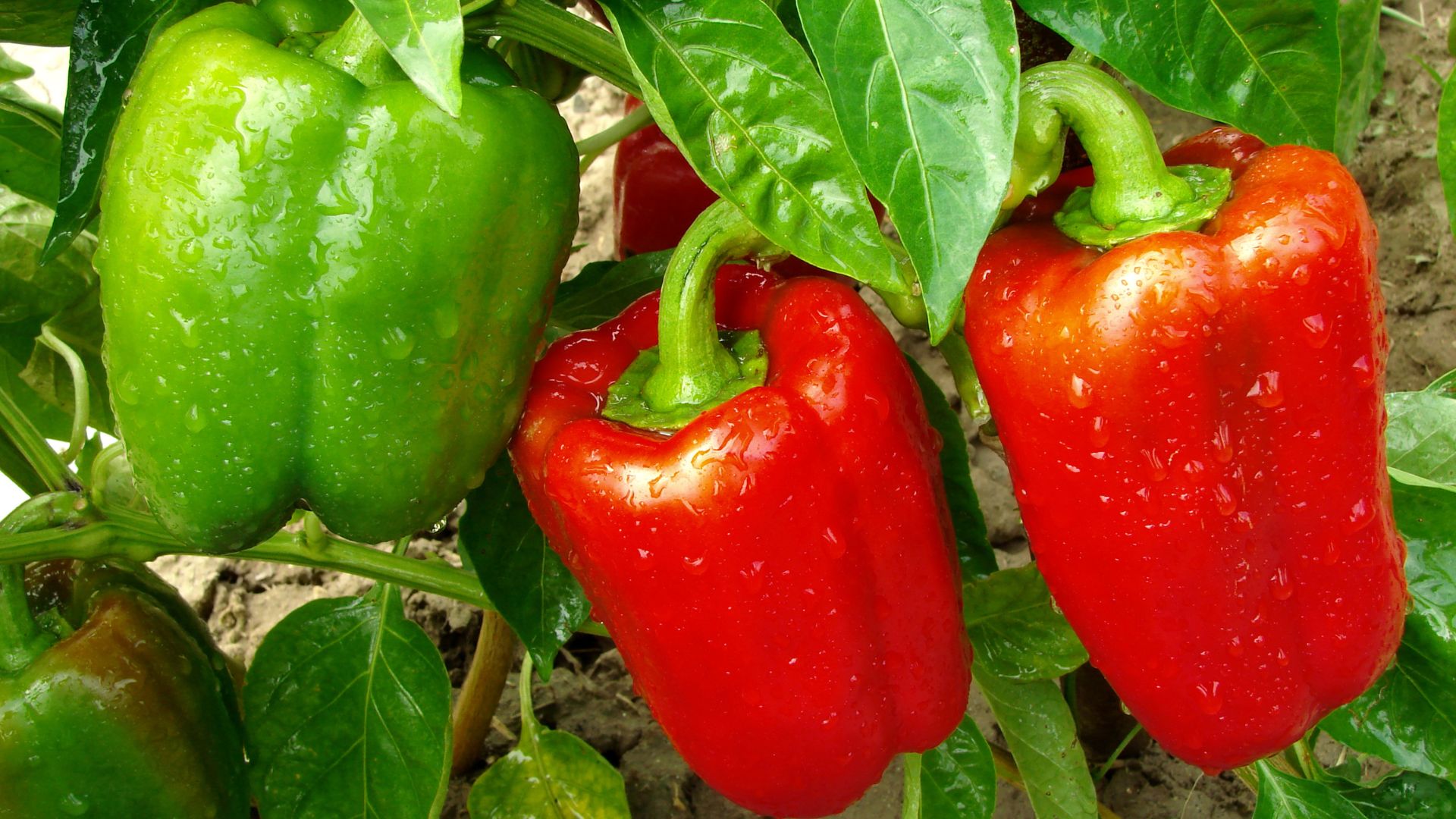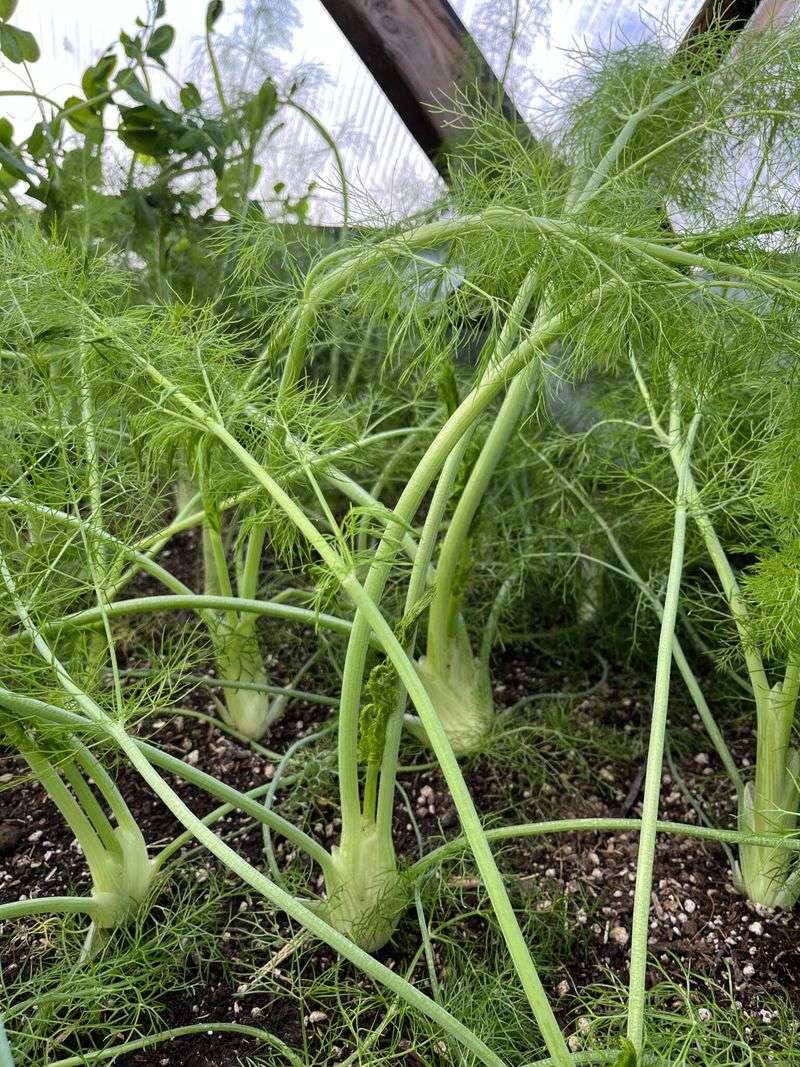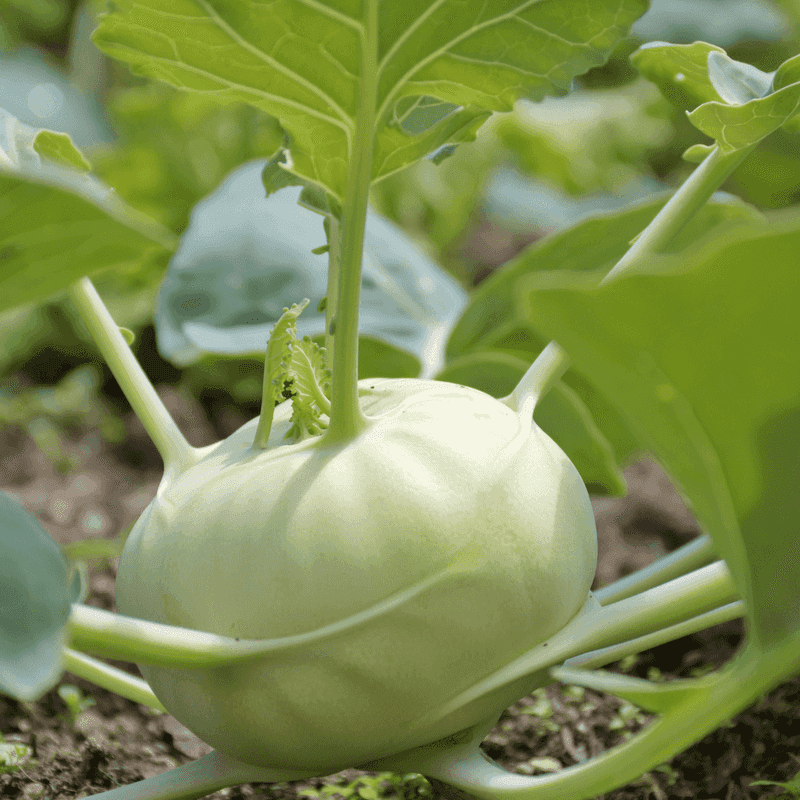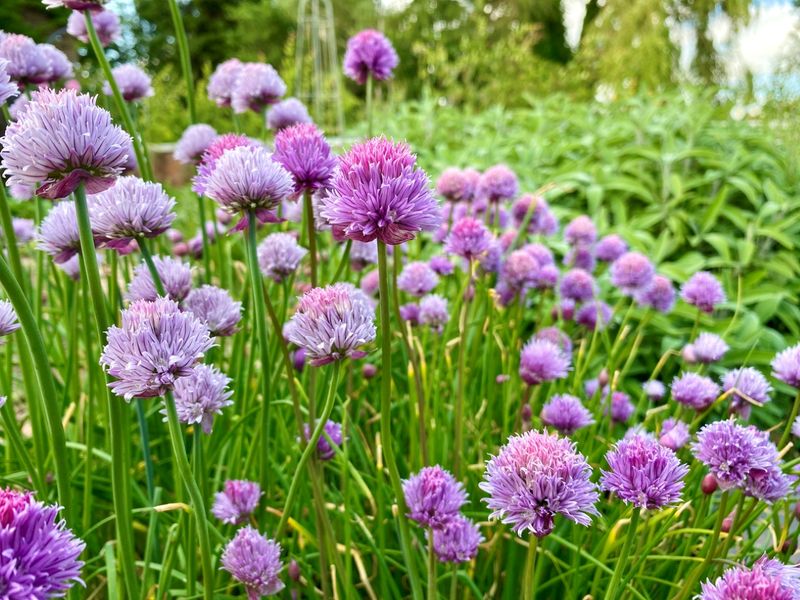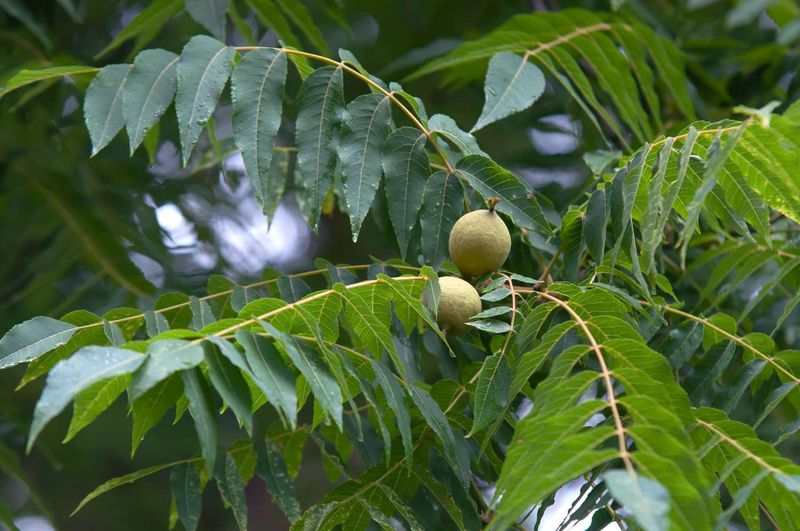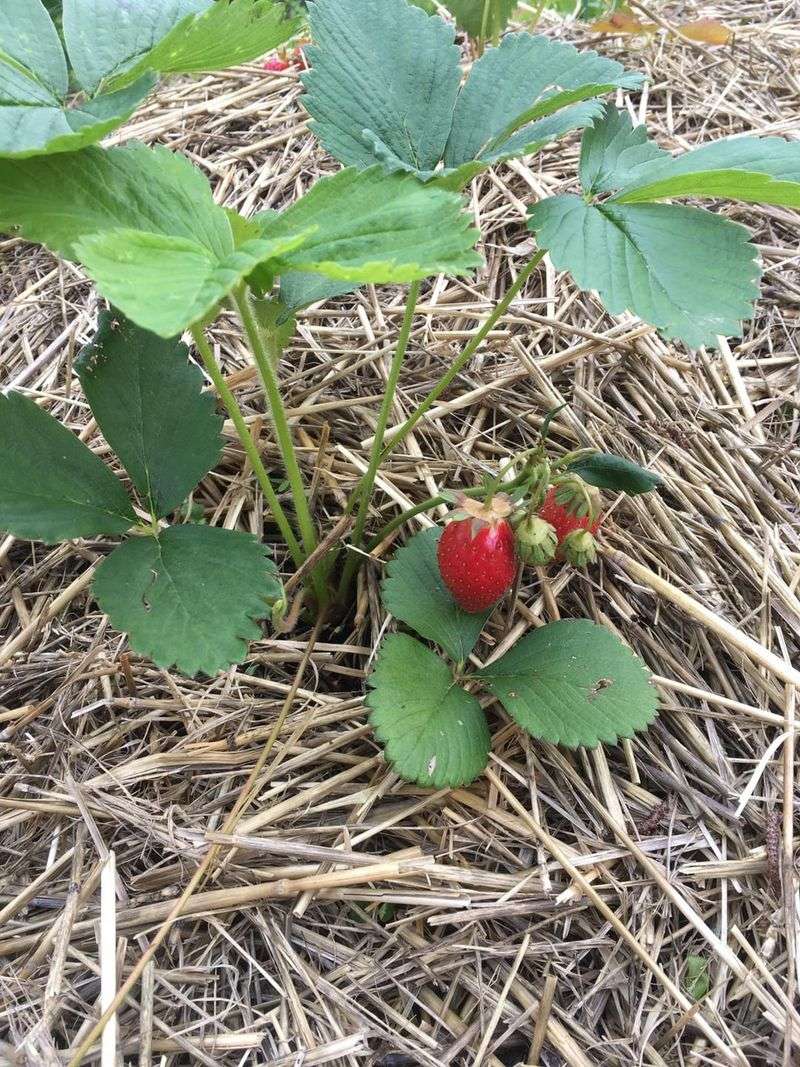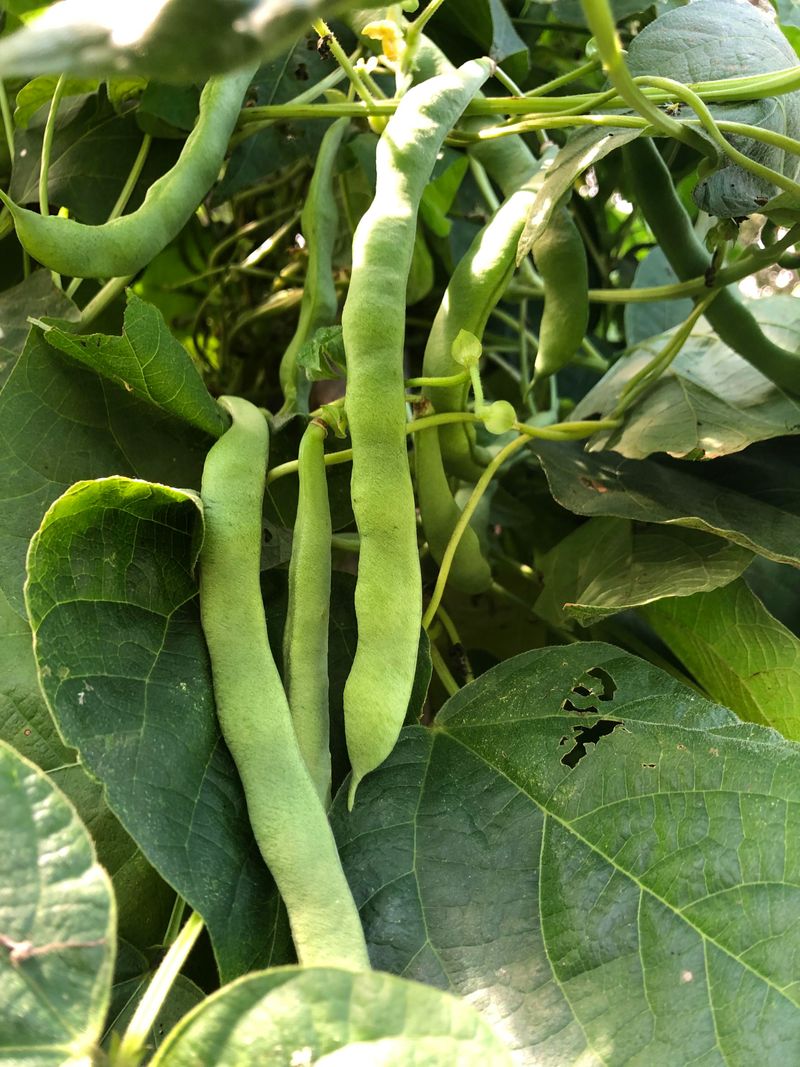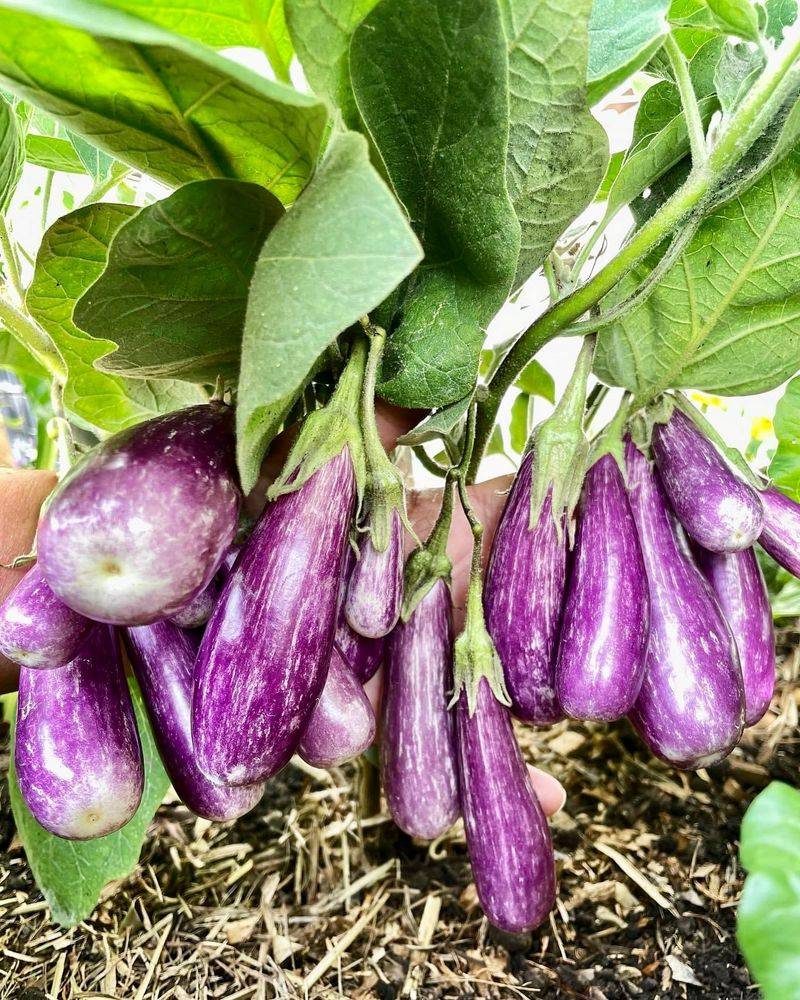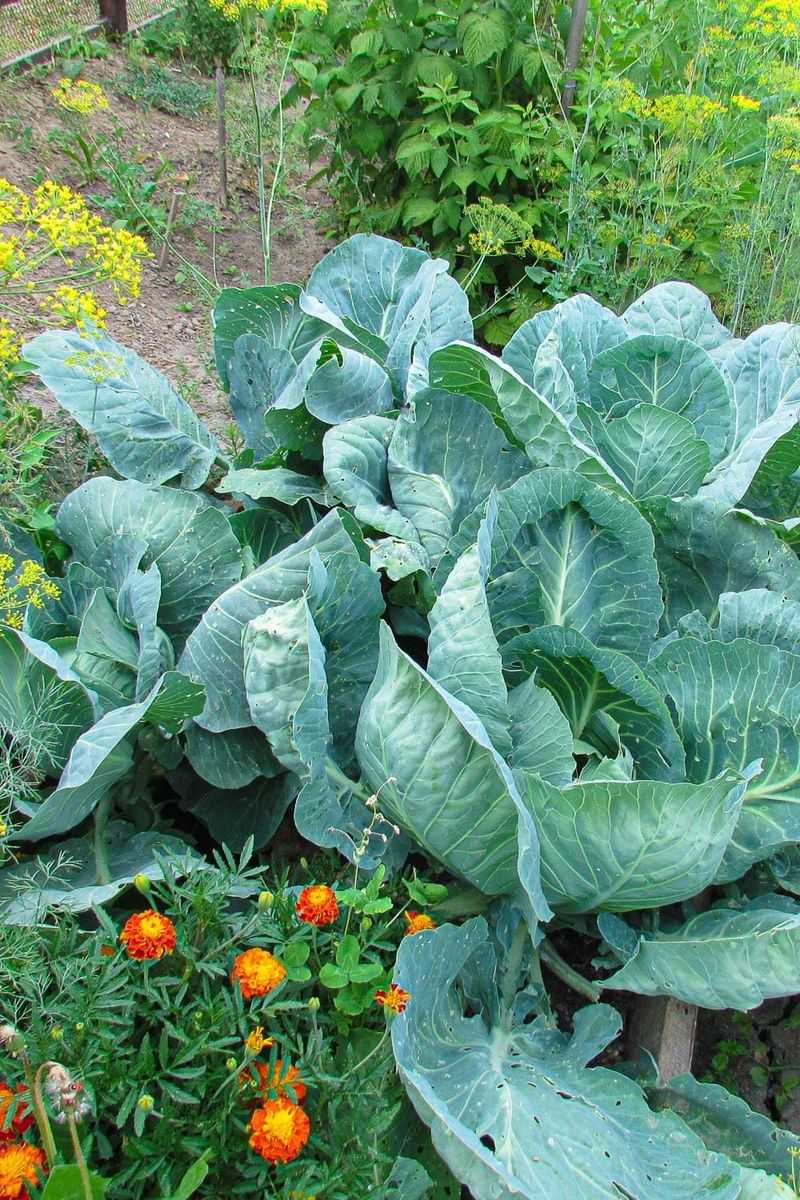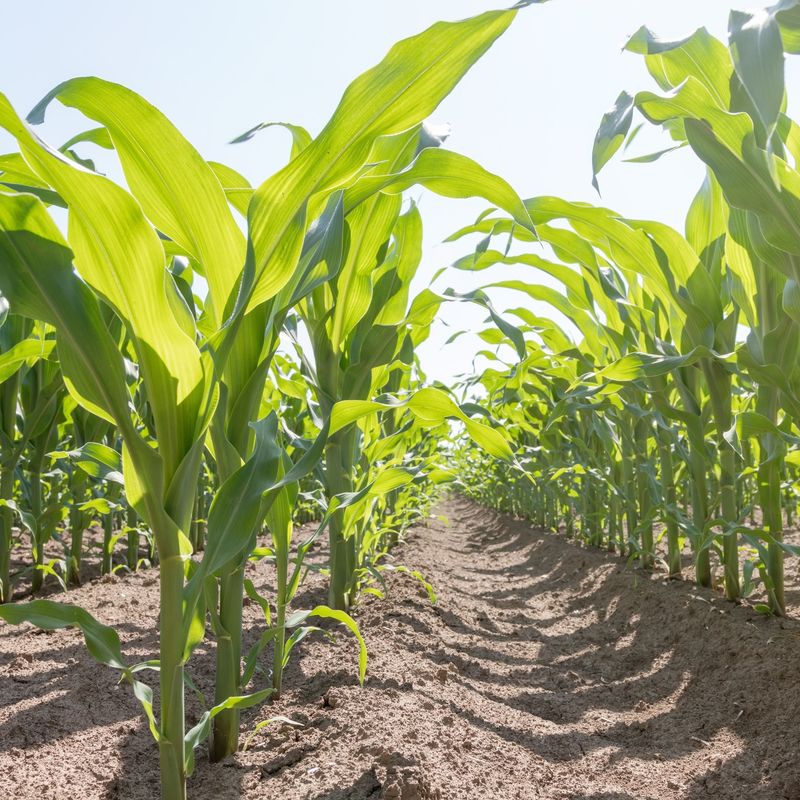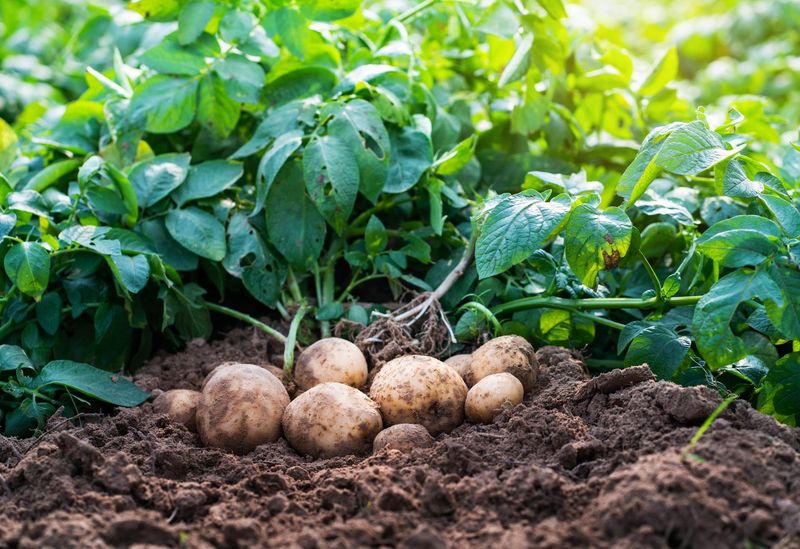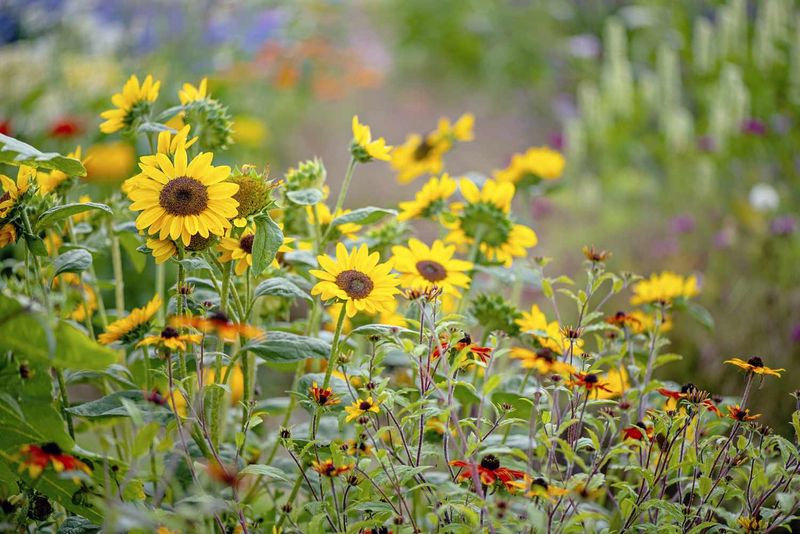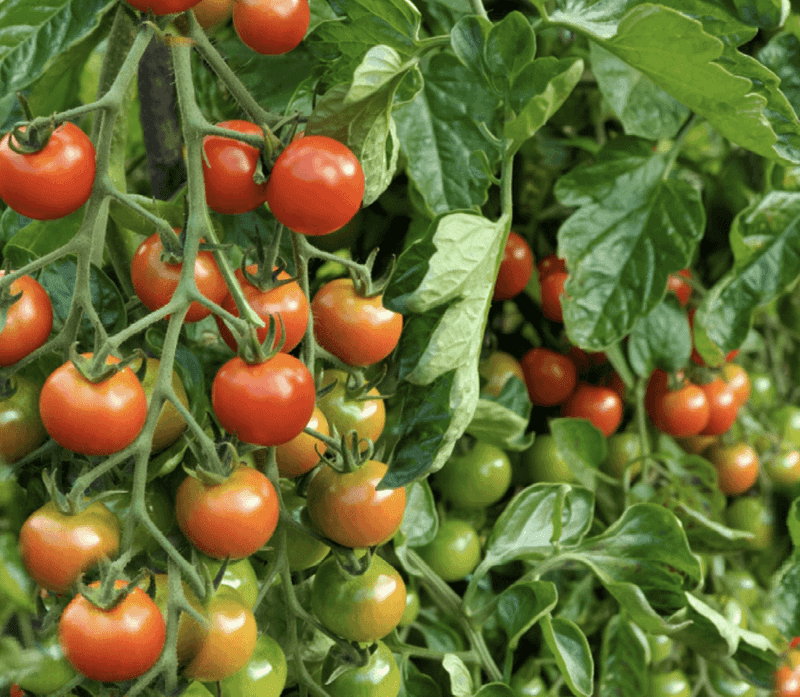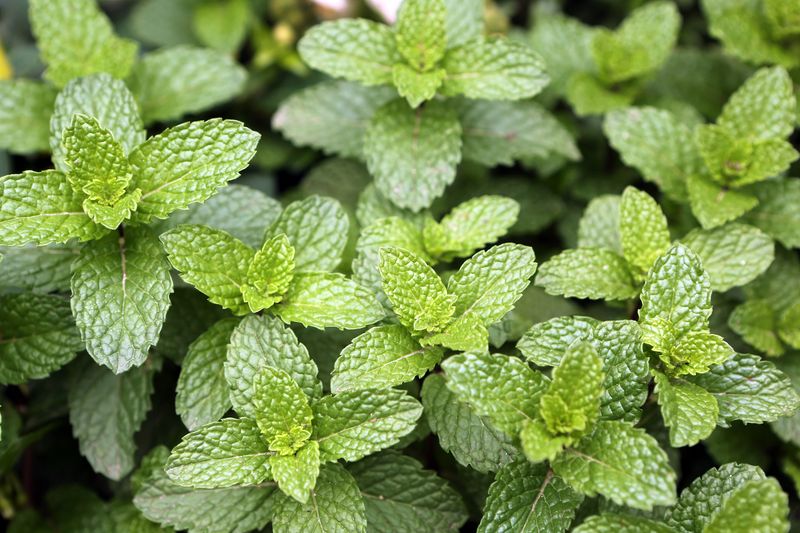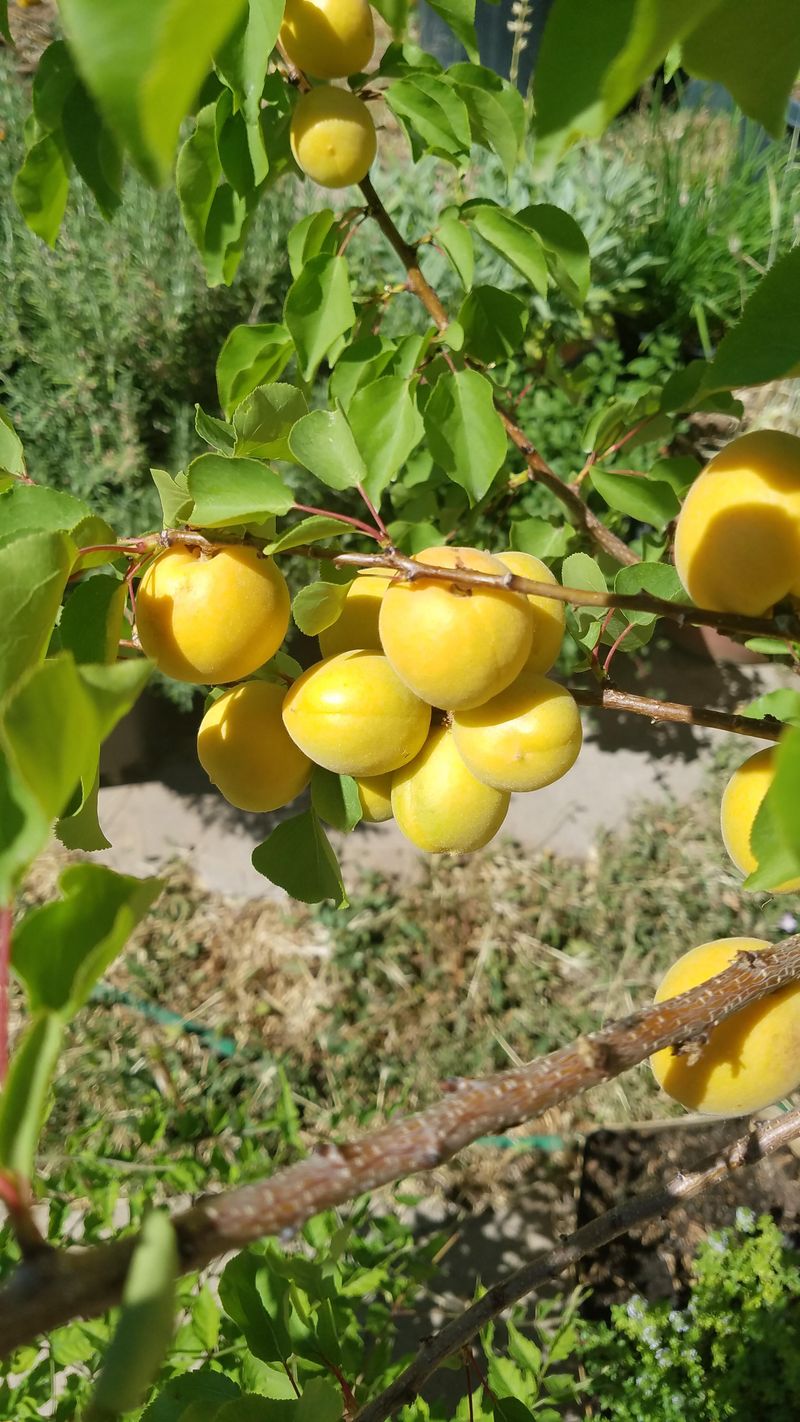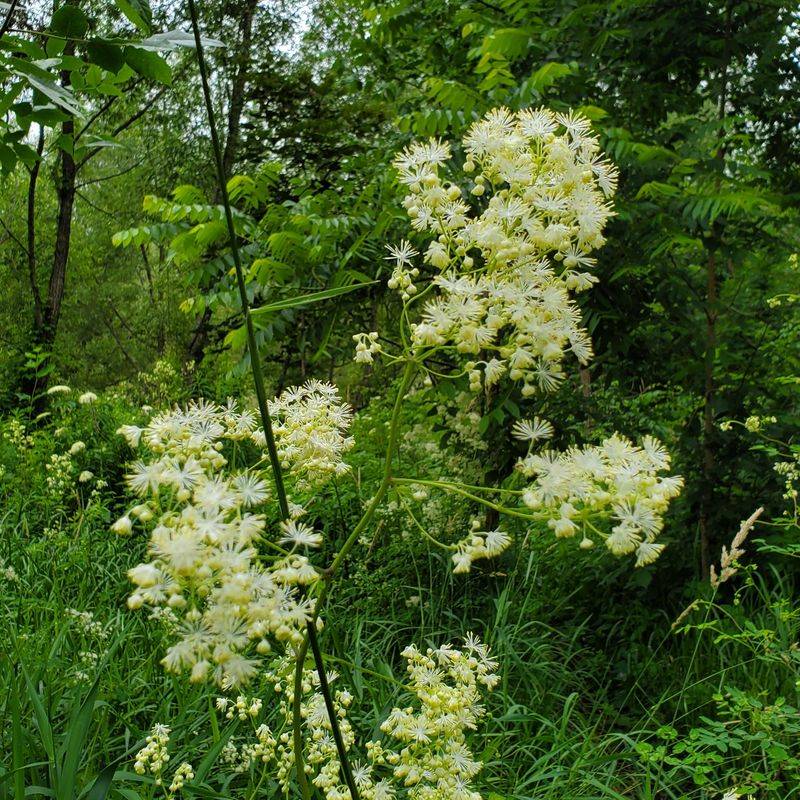Growing peppers can be a rewarding experience, but certain plant neighbors can sabotage your success. The right growing companions make all the difference between stunted, diseased peppers and a bountiful harvest of crisp, flavorful pods.
After years, I’ve learned which plants spell trouble for pepper patches. Some steal nutrients, others attract pests, and a few even release chemicals that stunt pepper growth.
Here’s my hard-earned list of plants to keep far away from your pepper garden. Trust me on the fennel—I lost half my crop before figuring that one out!
1. Fennel
Fennel releases compounds that actively suppress growth in nearby plants, including peppers. The allelopathic chemicals seep into the soil, essentially poisoning your pepper plants slowly.
My first year growing both together was a disaster. The peppers nearest the fennel stayed stunted and produced barely any fruit. Those planted farther away thrived.
Keep fennel in a completely separate garden area or container at least 5 feet from your pepper patch. I’ve found that even the residual soil from a fennel plant can affect peppers planted in the same spot the following season.
2. Kohlrabi
Kohlrabi belongs to the brassica family, which competes aggressively for the same soil nutrients peppers need. When I tried growing them together, my peppers developed yellowing leaves and produced fewer fruits.
The heavy feeding nature of kohlrabi depletes calcium and nitrogen—both critical for pepper production. Plus, both plants attract similar pests, creating a concentrated target for cabbage loopers and aphids.
Space these plants at opposite ends of your garden. Last summer, I kept them 10 feet apart and finally got decent harvests from both crops.
3. Mature Dill
Young dill actually benefits peppers, but once it flowers and matures, the relationship turns sour. Mature dill releases compounds that inhibit pepper growth and fruit development.
I used to let dill self-seed throughout my garden until noticing my pepper production dropped by nearly half. The peppers growing closest to flowering dill developed slower and had thinner walls.
Now I harvest dill before it flowers or keep it at least 4 feet from pepper plants. You can enjoy the benefits of young dill without the drawbacks—just keep it in check!
4. Walnut Trees
Walnut trees release juglone, a toxic substance that devastates nightshade family plants like peppers. This chemical can spread through soil up to 80 feet from the tree’s drip line.
My neighbor’s black walnut nearly destroyed my entire vegetable garden before I figured out the culprit. Peppers planted within this zone wilted mysteriously despite perfect care.
If you have walnut trees nearby, grow your peppers in raised beds with fresh soil or containers. Even walnut mulch or compost containing walnut leaves can harm your pepper plants, so be vigilant about what materials you introduce.
5. Strawberries
Strawberries and peppers battle for the same soil nutrients and moisture. Their root systems compete intensely, often leaving peppers undernourished when planted together.
I once interplanted strawberries thinking I’d maximize my garden space. Big mistake! The strawberry runners quickly invaded the pepper area, and my pepper yield dropped noticeably.
Strawberries also attract fruit-loving pests that will happily move to your pepper plants. Keep these crops separated by at least 3 feet, or better yet, grow strawberries in dedicated raised beds or containers to contain their spreading habit.
6. Beans (Pole Varieties)
Pole beans cast too much shade over pepper plants, which need full sun to produce maximum fruit. When I tried growing them together, my peppers stretched unnaturally toward the light and produced fewer, smaller fruits.
While bush beans can work as companions, the climbing varieties quickly outgrow and overshadow peppers. The bean vines can also physically damage pepper stems and branches when they try to climb them.
If you must grow both, place pole beans on the north side of your pepper patch where their shade won’t interfere. I’ve found giving each crop its own dedicated space yields the best results for both.
7. Cucumbers
Cucumbers are notorious spreaders that can quickly overtake nearby plants. Their sprawling vines and large leaves steal sunlight from shorter pepper plants, reducing photosynthesis and fruit production.
I learned this lesson when cucumber vines smothered half my pepper row one summer. The peppers became leggy, pale, and produced tiny fruits as they struggled for light.
Cucumbers also attract cucumber beetles, which can spread bacterial wilt to your peppers. Keep these crops separated by at least 3 feet, or grow cucumbers on vertical trellises positioned where they won’t shade your precious pepper plants.
8. Eggplant
Eggplants belong to the same family as peppers (Solanaceae), which means they’re susceptible to identical diseases and attract the same pests. Growing them side-by-side creates a buffet for specialized insects like flea beetles and hornworms.
When I planted eggplants next to my peppers, both crops suffered from increased pest pressure. A hornworm infestation that started on my eggplants quickly decimated neighboring pepper plants within days.
These plants also compete for the same nutrients. Rotate your solanaceous crops yearly and keep current-season plantings separated to prevent disease spread and reduce pest concentration in any one area.
9. Brassicas (Broccoli, Cabbage, Cauliflower)
Brassicas are heavy feeders that deplete soil nutrients peppers need for healthy growth. Their large leaves also cast shade that can stunt pepper development during critical growing periods.
I once planted cabbage next to my pepper row and watched as the peppers gradually became pale and produced fewer fruits. The cabbage thrived while stealing nutrients from its neighbors!
Brassicas also attract cabbage moths and other pests that can cross over to pepper plants. Keep these plant families at opposite ends of your garden or grow them in different seasons. My fall cabbages now go in where spring peas were—nowhere near my summer peppers.
10. Corn
Corn grows tall and creates significant shade that peppers simply can’t tolerate. My experiment with interplanting corn and peppers was a complete failure—the peppers became stretched, weak, and barely fruited.
Corn also attracts corn earworms, which happily migrate to pepper fruits. These pests burrowed into my pepper fruits after they finished with the corn, ruining much of my harvest.
Additionally, corn is a heavy nitrogen feeder, competing directly with peppers for this crucial nutrient. If you must grow both, plant corn on the north side of your garden and peppers on the south side to minimize shading issues.
11. Potatoes
Potatoes share diseases with peppers since they’re relatives in the nightshade family. Late blight can jump from potatoes to peppers, destroying both crops in wet conditions.
I learned this hard way when my potatoes developed blight one rainy season, and it quickly spread to my nearby peppers. Within weeks, I lost both crops despite desperate attempts to control the disease.
Potatoes also attract Colorado potato beetles that will happily feast on pepper plants. These striped beetles defoliated my peppers after discovering them just a few feet away from my potato patch. Keep these crops well separated in your garden rotation plan.
12. Sunflowers
Sunflowers release allelopathic compounds that inhibit the growth of certain plants, including peppers. These chemicals can stunt pepper development and reduce overall yields.
The massive root system of sunflowers also competes aggressively for water and nutrients. My peppers planted near decorative sunflowers always struggled, producing smaller fruits with thinner walls.
Sunflowers additionally create dense shade with their large leaves and tall stalks. If you love both plants, keep sunflowers on the northern border of your garden where they won’t shade your sun-loving peppers. I now enjoy both crops by maintaining at least 4 feet between them.
13. Tomatoes
Tomatoes and peppers suffer from identical diseases like bacterial spot and early blight. When planted too close, disease spreads rapidly between them, especially during rainy periods.
One summer, I watched helplessly as leaf spot spread from my tomatoes to my adjacent pepper plants. The peppers developed spotted leaves that eventually turned yellow and fell off, severely reducing my harvest.
Both plants also compete for similar nutrients and attract the same pests. While they’re commonly grown together, maintaining several feet between them significantly reduces disease transmission. I now separate them with disease-resistant companions like basil or marigolds.
14. Mint
Mint’s aggressive roots invade everything nearby, stealing water and nutrients from your pepper plants. The essential oils in mint can also inhibit pepper seed germination and young plant growth.
I once planted mint near my pepper bed, thinking the strong scent would deter pests. Within weeks, mint runners were infiltrating the pepper area, and my peppers showed signs of stress with yellowing leaves.
Always grow mint in containers to control its invasive nature. Even then, place those containers at least 3 feet from your pepper plants. I’ve found that mint’s oils can still affect nearby plants even without direct root competition.
15. Apricot Trees
Apricot trees host verticillium wilt, which can devastate pepper plants when soil or water transfers the fungus between them. This soil-borne disease causes wilting even when soil moisture is adequate.
My neighbor’s apricot tree overhangs part of my garden, and peppers planted in that area consistently developed mysterious wilting problems. After soil testing revealed verticillium, I had to abandon that section for pepper growing.
The shade from fruit trees also reduces pepper productivity. If your yard has apricot trees, plant peppers in containers with fresh soil at least 10 feet from the tree’s drip line. I’ve had success with this approach after multiple failed attempts at in-ground growing.
16. Rue
Rue contains powerful oils that inhibit pepper plant growth through allelopathic effects. These compounds leach into the soil and can suppress germination and stunt development of nearby plants.
I added rue to my herb garden adjacent to my peppers, thinking it would deter pests. Instead, my peppers closest to the rue developed twisted leaves and produced significantly fewer fruits.
Rue can also cause cross-reactions with peppers that lead to skin irritation when harvesting. If you grow both, maintain at least 4 feet between them. I’ve moved my rue to an ornamental section far from my vegetables and noticed immediate improvement in my pepper production.

